NEWS
 http://spacearchitect.org/wp-content/uploads/2024/08/sas2024_flyer_banner.jpg
500
600
David Wong
https://spacearchitect.org/wp-content/uploads/2019/05/Space-Architect-Logo-2019_white-300x73.png
David Wong2024-10-09 09:20:332024-10-09 09:21:11Space Architecture Symposium (SAS Milan)
http://spacearchitect.org/wp-content/uploads/2024/08/sas2024_flyer_banner.jpg
500
600
David Wong
https://spacearchitect.org/wp-content/uploads/2019/05/Space-Architect-Logo-2019_white-300x73.png
David Wong2024-10-09 09:20:332024-10-09 09:21:11Space Architecture Symposium (SAS Milan)
Science Corner: Room with a view. Living in space
The Science Corner of the Technisches Museum Wien (Vienna Museum of Science and Technology) offers a stage for current research projects of the TU Wien.

2024 Space Architecture Gathering
AIAA LA-LV 2024 Space Architecture Gathering on Saturday June 8th, at the Lomita Library in Los Angeles County, California, and will be conducted as a hybrid event.
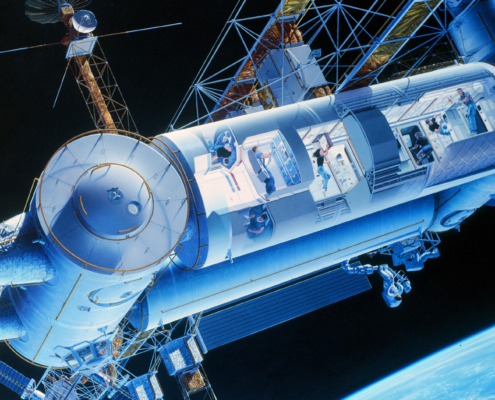
New AIAA Online Short Course - Space Architecture: Designing an Orbital Habitation System: Challenges and Consequences
This course covers the development strategies and design challenges of locating and building orbital habitats. Space Architects present material on how the transportation system, mission planning, and environmental factors influence the architecture of the orbital habitats in shape, size, and growth.
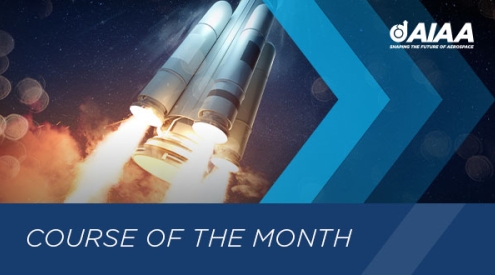
AIAA June Course of the Month: Space Architecture Online Short Course
Space Architecture: Designing a Lunar Habitation System. Learn about the development strategies and design challenges that must be considered when locating and building lunar habitats. Discover how transportation systems, site selection, and environmental factors influence the shape, size, and growth of lunar bases. Additional topics covered include human factors in lunar gravity, logistical supply, and crew rotation.

Event Summary: 2023 Space Architecture Gathering
Event Summary for the SATC 2023 Space Architecture Gathering in Los Angeles on the April 15th.
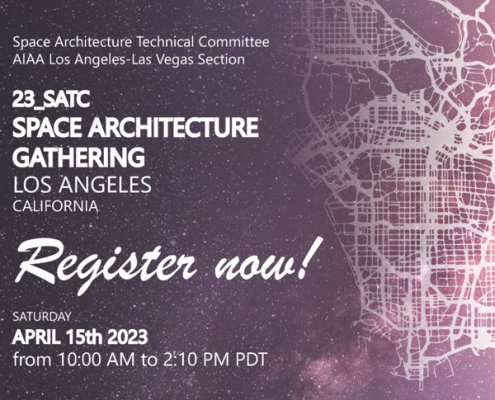
2023 Space Architecture Gathering
AIAA LA-LV 2023 Space Architecture Gathering on Saturday April 15th, online, or in Lawndale Library (in the Los Angeles area of Southern California, USA).
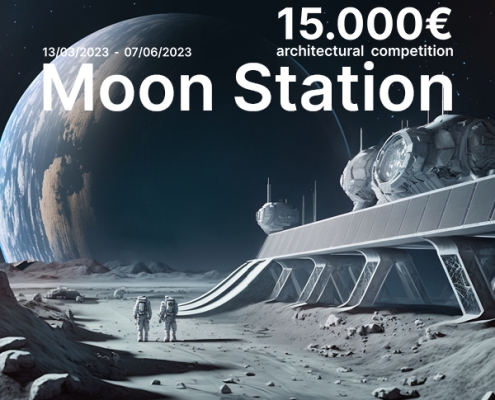
Space Architecture Competition “Moon Station”
Young Architects Competition (YAC), in partnership with ESA’s Topical Team on Planetary Caves, it’s proud to share "Moon Station", the first architectural competition regarding the design of a research station inside a lunar lava tube.
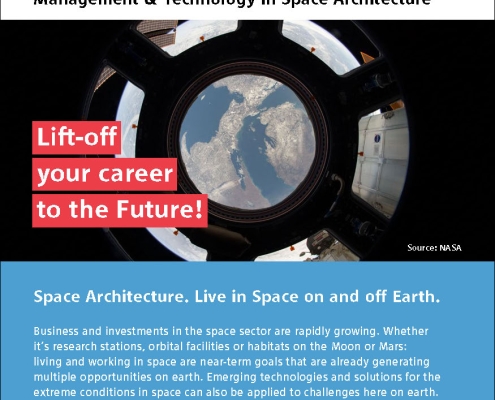 http://spacearchitect.org/wp-content/uploads/2022/11/EMBA-Space-Architecture-TUWien_1.jpg
1241
875
David Wong
https://spacearchitect.org/wp-content/uploads/2019/05/Space-Architect-Logo-2019_white-300x73.png
David Wong2022-11-15 15:57:112022-11-15 16:08:20New EMBA course on Space Architecture
http://spacearchitect.org/wp-content/uploads/2022/11/EMBA-Space-Architecture-TUWien_1.jpg
1241
875
David Wong
https://spacearchitect.org/wp-content/uploads/2019/05/Space-Architect-Logo-2019_white-300x73.png
David Wong2022-11-15 15:57:112022-11-15 16:08:20New EMBA course on Space ArchitectureFROM OUR FACEBOOK FEED
[fts_facebook type=page id=413437222047637 access_token=EAAP9hArvboQBAMwDNu74wUL7ifn2FM0GmL7sWlKbF5LUuvLZA7OktnxZCvPZBArNx4TOgaSd056pwO2ndcy4h8hImUYSYk8ZASZBZB2ZBXaW5QTUVP9Rl4uFywZC4j0KeEF6PN1ScTEmOmSh7IazB5eXNr1ZANkjIr5jDdZCVn3ZBXS0gZDZD posts=6 description=no posts_displayed=page_only]
